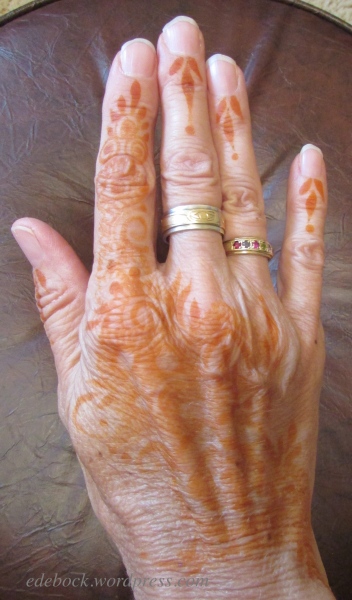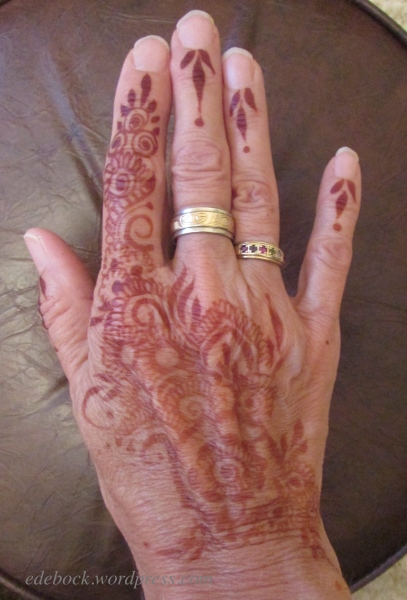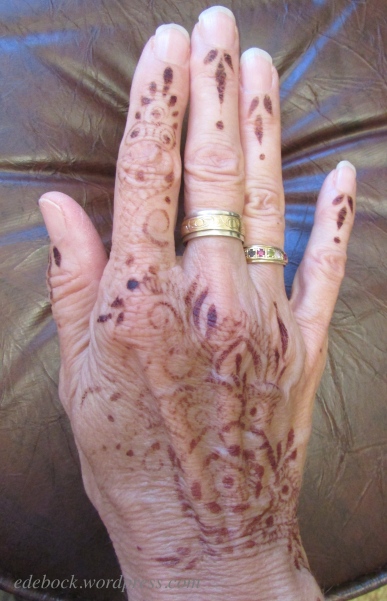The Tea Girl of Hummingbird Lane
Lisa See
 I read mostly for enjoyment, but I love a book that transports me to another place or perhaps another time and a book that teaches me something. The Tea Girl of Hummingbird Lane was such a book. Before reading it, I knew absolutely nothing about the Akha people, a minority hill tribe who live in small villages in Thailand, Myanmar, Laos, and Yunnan province in China.
I read mostly for enjoyment, but I love a book that transports me to another place or perhaps another time and a book that teaches me something. The Tea Girl of Hummingbird Lane was such a book. Before reading it, I knew absolutely nothing about the Akha people, a minority hill tribe who live in small villages in Thailand, Myanmar, Laos, and Yunnan province in China.
As the story opens in the late 1980s, the families of Spring Village are living a very traditional lifestyle without modern conveniences and with very little contact with the outside world. Traditional beliefs and rituals dominate their existence and their lives are aligned around the seasons and the growing of tea. When twins are born to a young village couple, the father is required to kill his babies and the couple is banished from the village.
That’s when I had to put the book aside to do a bit of research. Who were these Akha people? Did they really exist? Were they still living that way in the late 1900s? I learned that indeed they were. The Akha believed that only animals could give birth to more than one offspring, therefore until about 20 years ago, twins were considered an extremely ominous occurrence and were killed immediately, as were babies born out of wedlock.
Now, back to the story… Gradually, the outside world begins to encroach on Spring Village. Li-yan, daughter of the local midwife and one of the few educated girls on the mountain, slowly begins to reject the customs that shaped her early life. When she gives birth to a baby out of wedlock, she rejects tradition and travels with her newborn daughter to a nearby city. There she leaves the baby, wrapped in a blanket with a tea cake tucked in its folds, near an orphanage.
While Li-yan eventually leaves her village for further education, a job, and city life, her daughter, Haley, is raised in California by loving adoptive parents. Despite her privileged childhood, Haley wonders about her origins and across the ocean, Li-yan longs for her lost daughter. Over the years, each searches for meaning in the study of Pu’er, the tea that has shaped their family’s destiny for centuries.
Perhaps the well-researched story tells us more about the history and the production of tea than we really care to know, but it’s also an enthralling family saga; a captivating story of mothers and daughters, families, fate and love. A secondary narrative depicts what it might be like to be one of the many Chinese girl children adopted by American families.
My favourite quote? “Those who suffer have earned contentment.”

Fashion Friday will return next week.
 The subtitle of this short, but intriguing memoir, My Life as a Woman Living as a Man in Afghanistan, tells much about the content of the book, but it could also be misleading to those of us living in western cultures. This is not a book about living a trans experience.
The subtitle of this short, but intriguing memoir, My Life as a Woman Living as a Man in Afghanistan, tells much about the content of the book, but it could also be misleading to those of us living in western cultures. This is not a book about living a trans experience. I grew up on the Pacific coast of Canada with a deep appreciation for the art of the Indigenous people of that area. Four years ago, I shared the story of
I grew up on the Pacific coast of Canada with a deep appreciation for the art of the Indigenous people of that area. Four years ago, I shared the story of 
















 I’m a long-legged 5’8″ tall. For much of my life I worried about finding pants that were long enough to ensure that my socks didn’t show. Then along came ankle length cropped pants. Suddenly everyone’s ankles were showing. It took me awhile to warm up to the trend, but it really has made life easier for me.
I’m a long-legged 5’8″ tall. For much of my life I worried about finding pants that were long enough to ensure that my socks didn’t show. Then along came ankle length cropped pants. Suddenly everyone’s ankles were showing. It took me awhile to warm up to the trend, but it really has made life easier for me.














 Drinking tea is a tradition that is said to date back to 2737 BCE. According to legend, Chinese emperor Shen Nung was sitting under a tree while his servant boiled drinking water. When some dried leaves from the tree blew into the water, Shen Nung decided to try the infusion that was created and found it to his liking. Since then, tea drinking has spread around the world.
Drinking tea is a tradition that is said to date back to 2737 BCE. According to legend, Chinese emperor Shen Nung was sitting under a tree while his servant boiled drinking water. When some dried leaves from the tree blew into the water, Shen Nung decided to try the infusion that was created and found it to his liking. Since then, tea drinking has spread around the world.






















 recent choice of a dress for prom. Hoping to find something unique, Keziah decided to browse a vintage store in downtown Salt Lake City. There she found a beautiful red cheongsam; a high-collared, form-fitting traditional Chinese dress.
recent choice of a dress for prom. Hoping to find something unique, Keziah decided to browse a vintage store in downtown Salt Lake City. There she found a beautiful red cheongsam; a high-collared, form-fitting traditional Chinese dress.


